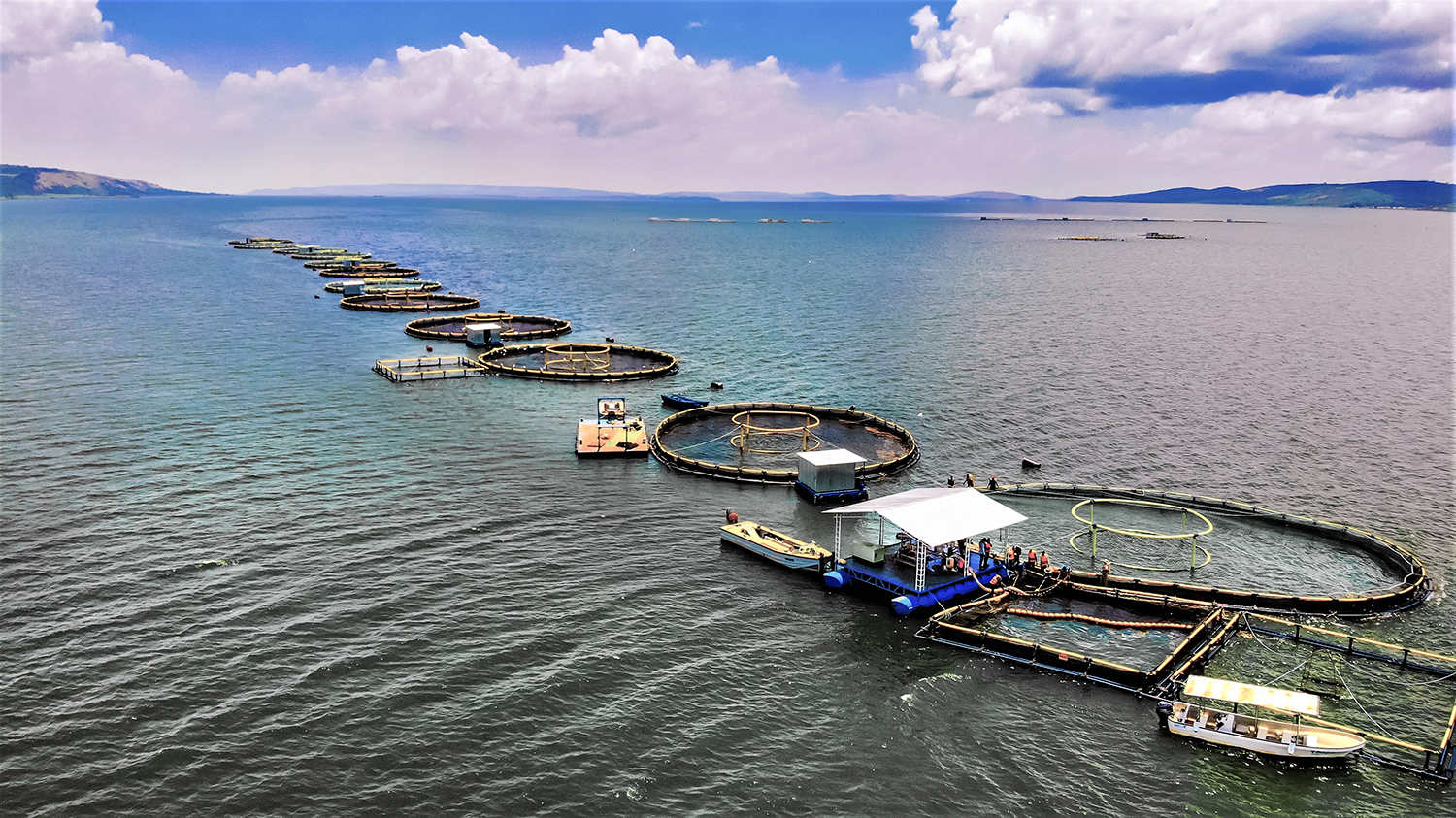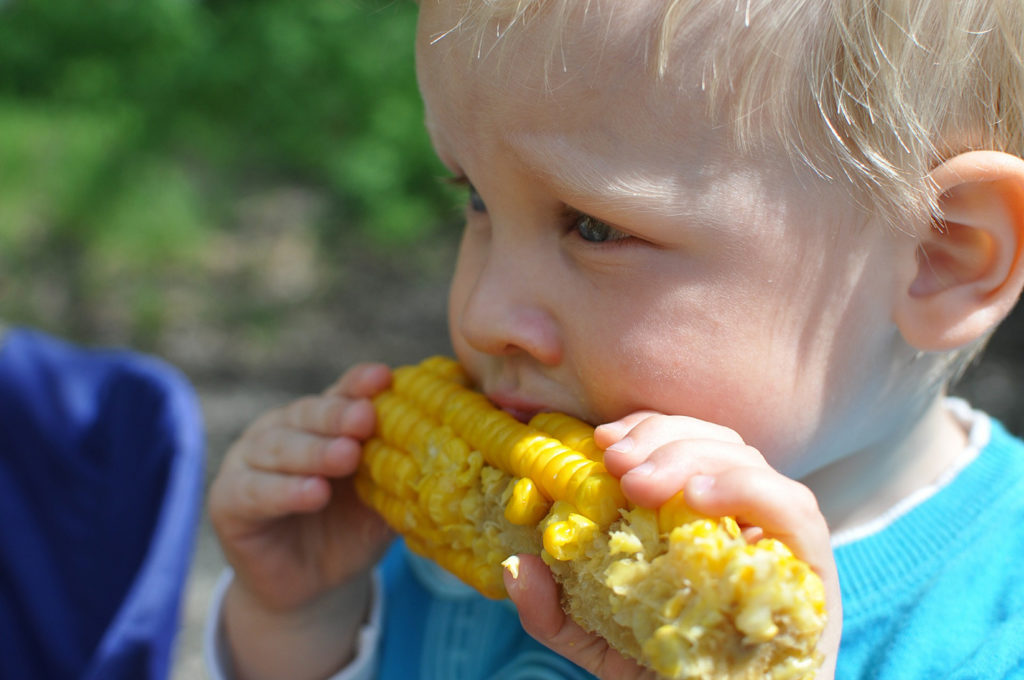Fisheries and aquaculture notably contribute to global animal-source protein production, but aquaculture production must increase as fisheries are not growing

The Food and Agriculture Organization (FAO) of the United Nations had a statement in The State of World Fisheries and Aquaculture report for 2020 that fisheries and aquaculture produced 17 percent of global animal-source protein destined for human consumption in 2018. This report does not indicate which resulted in the most protein for human consumption. It does reveal that aquaculture produced more live harvest weight of aquatic animals for human consumption than did fisheries, 82,087,000 metric tons versus 74,295,000 metric tons (Table 1).
We conducted a study to assess the amounts of protein for human consumption resulting from fisheries and aquaculture for comparison with protein production by terrestrial animal sources. The paper resulting from this study is available open access on the website of the journal Food Security. We will summarize the major findings here, but more detail as to the specific animal sources of the protein can be obtained from the document identified above.
In the study, weights of global production of terrestrial meat animal carcasses, eggs, milk and whole-animal live weights of aquatic animals were obtained from FAO databases. The percentages of edible meats and whole eggs were determined from typical dress-out percentages of edible meat from terrestrial animal carcasses, eggshell weights and whole aquatic animals found in the scientific literature. The usual way of estimating protein concentration in animal feeds and human foods is to measure total nitrogen concentration in percent and to multiply it by the factor 6.25 which is based on protein containing an average of 16 percent nitrogen. The crude protein concentration in different animal meats, eggs and milk also were found in the literature. These data allowed estimations of the amounts of crude protein derived from each of the animal-source protein sources.
Production from fisheries and aquaculture
Fisheries and aquaculture production in 2018 is summarized in Table 1. Combined, the two sources produced 156,382,000 metric tons (MT) of aquatic animals, and 52.5 percent of this amount came from aquaculture.
Boyd, Proteins, Table 1
| Group | Fisheries | Aquaculture |
|---|---|---|
| Finfish | 61826000 | 54279000 |
| Crustaceans | 5979000 | 9387000 |
| Molluscs | 5959000 | 17511000 |
| Other | 531000 | 910000 |
| Total | 74295000 | 82087000 |
In terms of the 13,950,000 metric tons of crude protein derived from aquatic animals (Table 2), slightly less than half (48.9 percent) came from aquaculture. Global fisheries have not been increasing for more than two decades, and aquaculture is poised to soon surpass fisheries as a source of edible protein.
Boyd, Proteins, Table 2
| Group | Fisheries | Aquaculture | Total |
|---|---|---|---|
| Finfish | 6529000 | 5582000 | 12111000 |
| Crustaceans | 452000 | 821000 | 1273000 |
| Molluscs | 114000 | 319000 | 433000 |
| Other | 40000 | 93000 | 133000 |
| Total | 7135000 | 6815000 | 13950000 |
While aquaculture production exceeded fisheries production by 7,792,000 MT, it produced slightly less protein than fisheries (Table 2). This resulted mainly because there was a larger contribution of molluscs to aquaculture production (21.3 percent) than to fisheries production (8 percent) (Table 1). Molluscs have a lower dress-out percentage to edible meat than do fish and crustaceans and lower crude protein concentration in their meat. Fish and crustacean meat averaged 19.4 percent crude protein as compared to 11.4 percent for meat of molluscs. This resulted from a higher moisture content of molluscan meat.
The amounts of crude protein from the different terrestrial animal sources (Table 3) decreased in the following order: chickens and other birds, pigs, cattle, sheep and goats, and other animals. Milk was the largest single source of animal derived protein and eggs were the fifth largest source (Table 3).
Boyd, Proteins, Table 3
| Source | Metric tons | Source | Metric tons |
|---|---|---|---|
| Chicken | 15366000 | Eggs | 8686000 |
| Other birds | 1798000 | Milk | 30889000 |
| Swine | 9948000 | --- | --- |
| Cattle | 6796000 | --- | --- |
| Sheep and goats | 2257000 | --- | --- |
| Other animals | 1226000 | --- | --- |
Total animal-source protein from terrestrial animals was 76,966,000 MT as compared to 13,950,000 MT from aquatic animals. Fisheries and aquaculture produced 15.3 percent of the 90,916,000 MT of animal-source protein produced in 2018. This agrees well with the FAO estimate of 17.1 percent. We did our estimate independently of the FAO estimate other than for using the same FAO database for global animal-source protein production. The chances that we used exactly the same estimates of dress-out percentages for animals and crude protein concentrations in edible meats, eggs, and milk from the literature is essentially nil, because a great many different estimates are available for most species of meat animals, dairy animals, and egg layers. The agreement of the two independent estimates is encouraging and suggests that the estimated protein quantities are reliable.
Edible meat protein
With respect to edible meat protein alone, there was 37,391,000 MT from terrestrial sources, 7,135,000 MT from fisheries, and 6,815,000 MT from aquaculture. Thus, 27.2 percent of edible meat protein was derived from aquatic animals – 13.9 percent from fisheries and 13.3 percent from aquaculture.
Boyd, Proteins, Table 4
| Source | Metric tons | Percent |
|---|---|---|
| Terrestrial meat animals | 37391000 | 41.1 |
| Milk | 30889000 | 34 |
| Eggs | 8686000 | 9.6 |
| Fisheries | 7135000 | 7.8 |
| Aquaculture | 6815000 | 7.5 |
| Total | 90916000 | 100 |
The calculation of protein was based on crude protein, but protein sources contain non-protein nitrogen. There are factors for converting nitrogen concentration to actual protein for a number of animal-source proteins. We used these values to calculate the likely true protein amounts. The quantity was 82,455,000 MT or 10.3 percent of the estimated global quantity of crude protein.
Quantifying greenhouse gas emissions from global aquaculture
Per capita animal protein
Using the actual protein for 2018 and the 2018 world population estimate of 7.6 billion people, there were 10.85 kilograms of animal-source protein per capita. Of this, 0.94 kilogram per capita is from capture fisheries and 0.90 kilograms per capita from aquaculture. Fisheries and aquaculture are significant contributors to global animal-source protein production. However, to maintain this position in the future, the production of aquaculture must increase, because global fisheries production is not increasing.
It should be noted that in 2018 ocean fisheries yielded about 2,382,000 MT of crude protein in fishmeal, and fish processing waste provided another 966,000 MT of crude protein. The majority of fishmeal is used in aquaculture feeds and the remainder is mostly used in pig and chicken feeds.
Perspectives
There is much effort to increase the contribution of plant proteins to human protein intake. However, animal proteins have a higher protein concentration and a better balance of essential amino acids for human needs than do plant proteins. It seems likely that the global demand for animal-source proteins will continue to increase, at least in the near future.
Now that you've reached the end of the article ...
… please consider supporting GSA’s mission to advance responsible seafood practices through education, advocacy and third-party assurances. The Advocate aims to document the evolution of responsible seafood practices and share the expansive knowledge of our vast network of contributors.
By becoming a Global Seafood Alliance member, you’re ensuring that all of the pre-competitive work we do through member benefits, resources and events can continue. Individual membership costs just $50 a year.
Not a GSA member? Join us.
Authors
-

Claude E. Boyd, Ph.D.
Corresponding author and Professor Emeritus
School of Fisheries, Aquaculture and Aquatic Sciences
Auburn University, Auburn, AL 36849 USA[117,100,101,46,110,114,117,98,117,97,64,49,101,99,100,121,111,98]
-
Aaron A. McNevin, Ph.D.
World Wildlife Fund
Washington, D.C. 200037 USA -
Robert P. Davis, Ph.D.
School of Fisheries, Aquaculture and Aquatic Sciences
Auburn University, Auburn, AL 36849 USA
Tagged With
Related Posts

Responsibility
For global nutrition needs, aquatic foods remain overlooked
Aquatic foods can help to deliver resilient global food systems and to support critical periods of human development, a new UN paper determines.

Intelligence
GOAL 2020 Day 1: Aquaculture addressing the world’s ‘most fundamental challenge’
GOAL 2020 keynote speaker Peer Ederer says the solution to closing food security gaps doesn’t include abandoning animal proteins and finger pointing.

Responsibility
‘Do more and do better’ – Sustainability manager discusses Skretting’s ambitious agenda
Aquafeed giant Skretting recently appointed Jorge Diaz as its sustainability manager to advance its ambitious sustainability agenda.

Responsibility
Are global nutritional needs being met?
This study shows that the global agricultural system currently overproduces grains, fats and sugars while production of fruits and vegetables and protein [including seafood] is insufficient to meet the current population’s nutritional needs.



